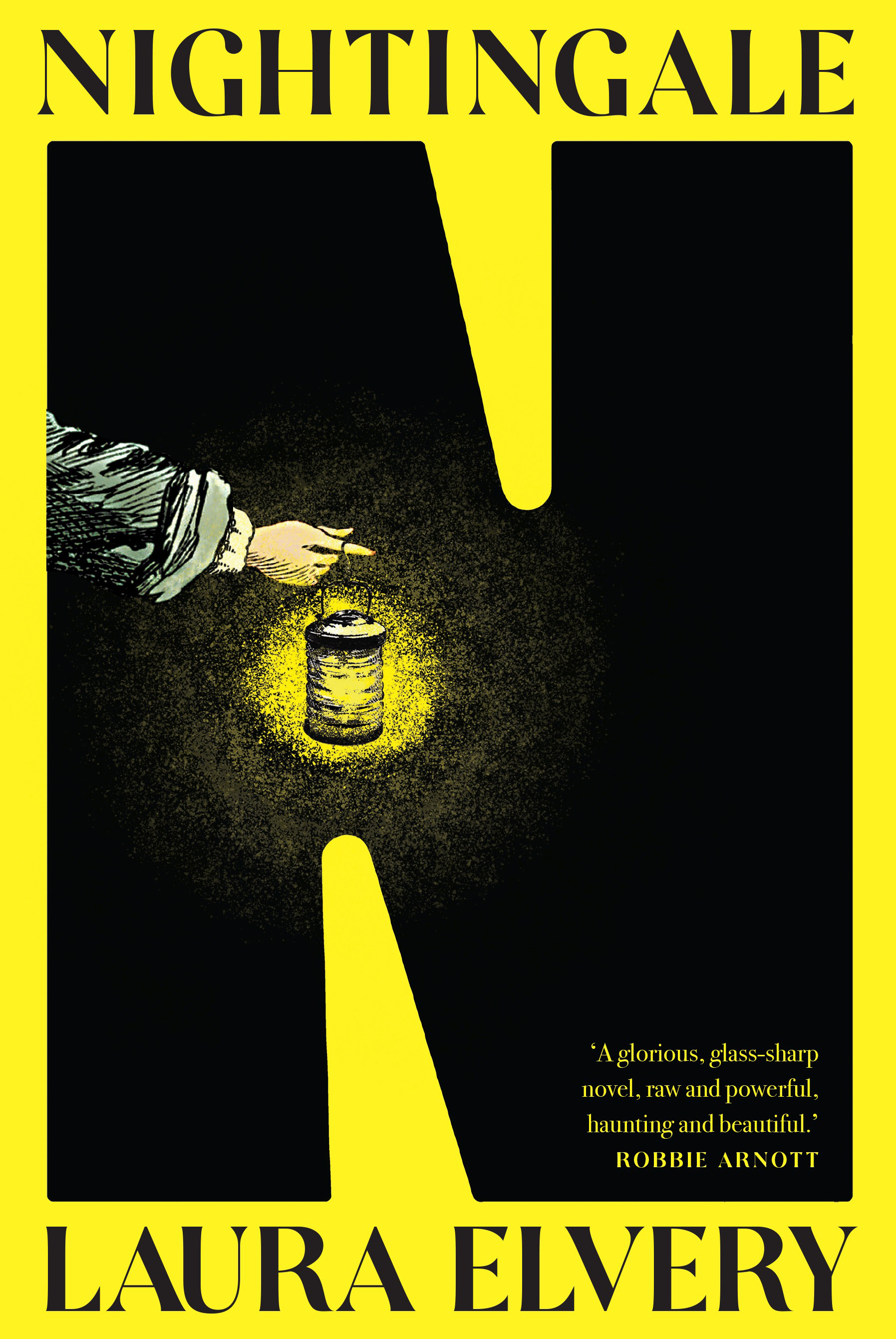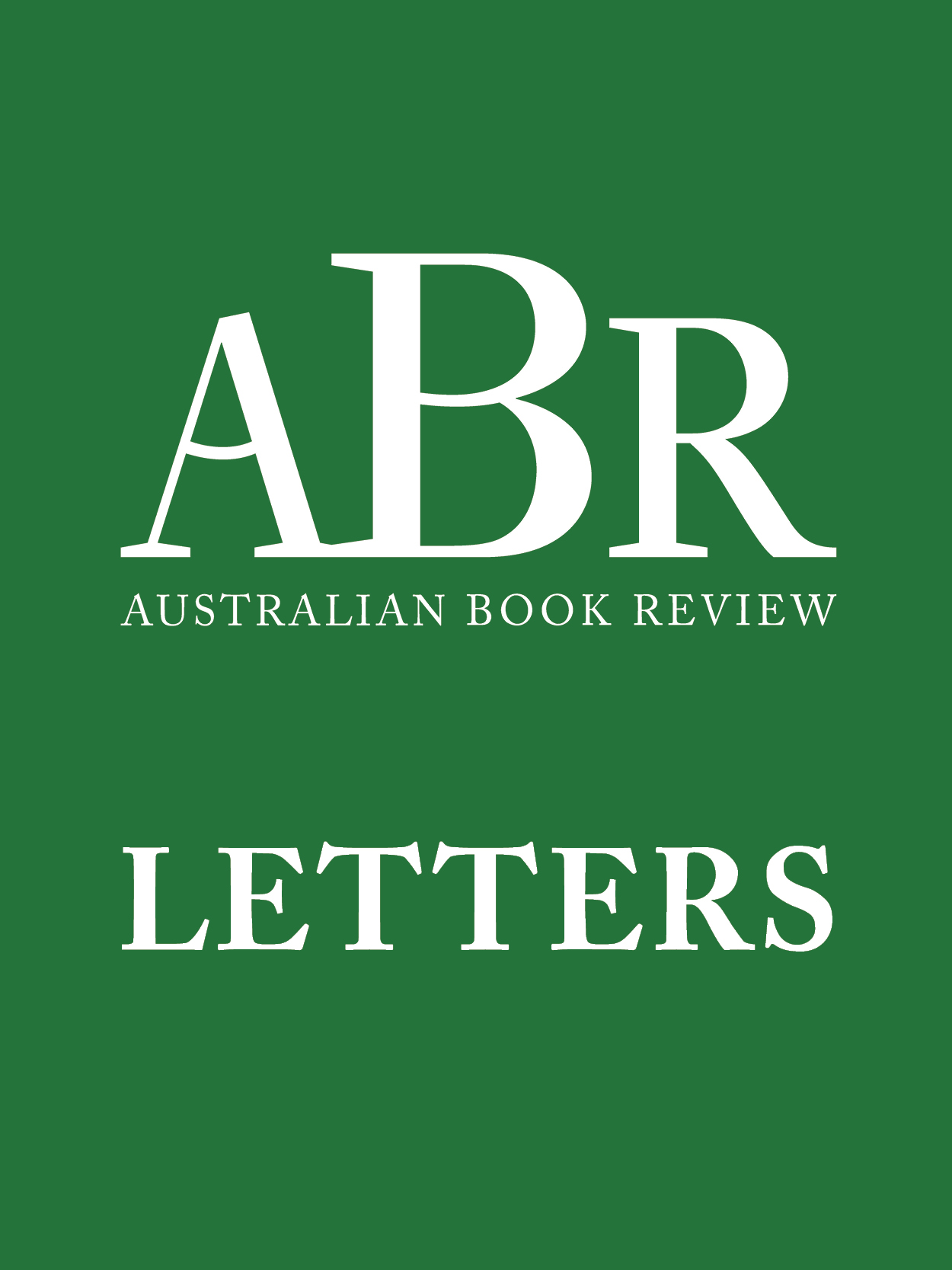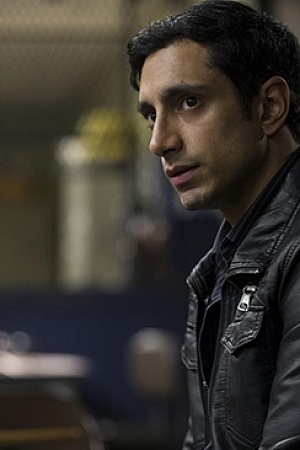The Kettering Incident (Foxtel Showcase) ★★★1/2
The citizens of Kettering, Tasmania might well feel ambivalent about Foxtel's new drama The Kettering Incident, budgeted at $14 million and shot on location. A small coastal town just south of Hobart, Kettering looks like an attractive spot for a weekend getaway, but the same cannot be said of the fictionalised setting of the show, imagined by head writer Victoria Madden and her team as an insular community full of secrets.
Taking its cue from recurrent accounts of UFO sighting in the Kettering area, the show has an uncanny mood from the outset. Ari Wegner's cinematography evokes a world where perceptions are not always reliable, where the sombre landscape looms inescapably while close-up details slide in and out of focus. The dominant colours are grey, green, and blue – dolomite cliffs, forested hills, clouded skies. Against this backdrop touches of brightness leap out at the viewer, such as the hooded red jacket worn by Gillian Baxter (Miranda Bennett), one of two teenage girls seen at the start of the first episode riding their bikes into the woods.
Continue reading for only $10 per month. Subscribe and gain full access to Australian Book Review. Already a subscriber? Sign in. If you need assistance, feel free to contact us.















Leave a comment
If you are an ABR subscriber, you will need to sign in to post a comment.
If you have forgotten your sign in details, or if you receive an error message when trying to submit your comment, please email your comment (and the name of the article to which it relates) to ABR Comments. We will review your comment and, subject to approval, we will post it under your name.
Please note that all comments must be approved by ABR and comply with our Terms & Conditions.